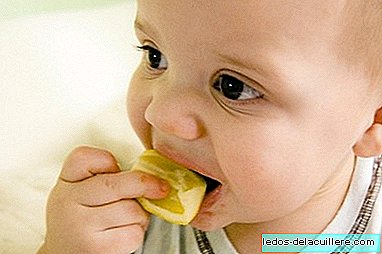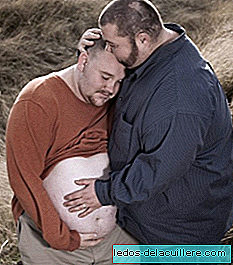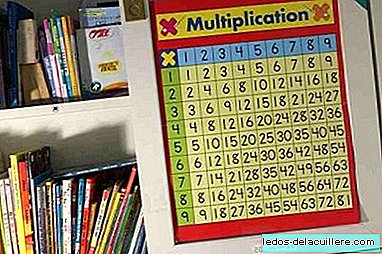
Babies, before taking complementary feeding and although they have never eaten anything other than milk, have a predilection for some foods, specifically for those who eat their mother.
This transfer of flavors occurs during pregnancy (through amniotic fluid) and through breastfeeding, where the mother's diet determines its taste.
This makes the baby have a preference for those foods that his mother eats more often, that he accepts better foods that the mother has ever taken and that he rejects those foods whose taste or aroma they do not know. This does not mean that their diet has to be restricted to the preferences they already have since they themselves can create their own preferences.
It has been studied and concluded that the preference for food is closely related to the frequency of exposure. That is, the more they eat something, the more they will accept it in the future.
As always and as happens to many there will be exceptions since there are foods that really dislike and that no matter how much it is tried it is not accepted.
It has been suggested that a minimum of 10 tests with a certain type of food are necessary for a baby to accept it (with a clear increase in acceptance after 12 or 15 tests).
This means that when we offer a food and it is rejected we cannot conclude that it does not like it until it has been offered at least those 12 or 15 times more (not the same day, but 12 or 15 different days that do not have to be followed).
The idea is offer the food and eat it until it is rejected, be the first or fifth tablespoon, and when you decide to eat that food again, it is offered again.












